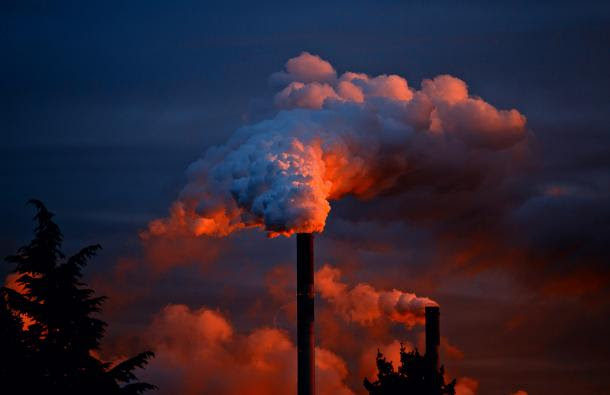The Executive Council of the World Meteorological Organization has approved plans to create a global greenhouse gas monitoring infrastructure to better understand the role of greenhouse gas fluxes in increasing temperatures and to strengthen measures to reduce their concentrations.
This resolution still needs to be approved by the World Meteorological Congress in May 2023. The WMO Executive Council reiterates the increasing importance to society of monitoring greenhouse gases to better define the mechanisms at work in the Earth system, as well as the urgency of strengthening the scientific basis for mitigation actions by parties to the United Nations Framework Convention on Climate Change and the Paris Agreement.
The new infrastructure will be able to draw on WMO’s expertise in the international coordination of weather forecasting and climate analysis activities and work under the Global Atmosphere Watch, established in 1989, and the Integrated Global Greenhouse Gas Information System, IG3IS, launched in 2018. WMO will coordinate all greenhouse gas monitoring activities and will be able to use all satellite and ground-based observing systems, as well as modelling and data assimilation systems.
Until now, observations related to greenhouse gases, whether national or international, have been based on the research community, but there is no international structure allowing the exchange of observation data and modelling created by the different organizations. WMO Secretary-General Petteri Taalas said that the increase in CO2 between 2020 and 2021 is higher than the average over the last ten years and that methane has also increased at an unprecedented rate.

He said that the role of the oceans, terrestrial biosphere and permafrost in the carbon cycle has yet to be determined. He believes that there is a need to monitor the effect of gases to explain the natural sources and sinks in their current structure, but also in their evolution with climate change. Lars Peter Riishojgaard, Deputy Director of the WMO Infrastructure Department, points out that the WMO has been approached by several carbon trading companies because they hope that a top-down monitoring approach will stabilize emissions trading and contribute to a robust and realistic assessment of the impact of the offset mechanism.
The greenhouse gas monitoring infrastructure envisioned by the resolution has four main components. The first component is a comprehensive set of confirmed observations of carbon dioxide (CO2), methane (CH4), and nitrous oxide (N2O) concentrations around the globe, supplemented by data on meteorological, oceanic, and terrestrial variables. The second component is the preliminary estimates of greenhouse gas emissions collected from activity and model data. The third component is a set of high-resolution global earth system models describing greenhouse gas cycles. The fourth component is data assimilation systems associated with the models to provide high-precision data.
The new infrastructure will have the capability to provide net monthly fluxes of the different gases with a resolution of 100 km by 100 km. These results will be used to estimate the fluxes from certain facilities or natural sources. Each year, the WMO Greenhouse Gas Bulletin provides new values of atmospheric concentrations of the main long-lived gases, including carbon dioxide and methane, but also nitrous oxide, which comes mainly from agriculture when it is not natural. These measurements relate to the amounts of gases remaining in the atmosphere after they have been absorbed by natural carbon sinks such as the oceans or the biosphere. The WMO has already established that the disturbance of the balance of the climate system by external factors, called radiative forcing, has increased by 50% between 1990 and 2021 and that carbon dioxide is responsible for over 80% of this increase.



Comment here